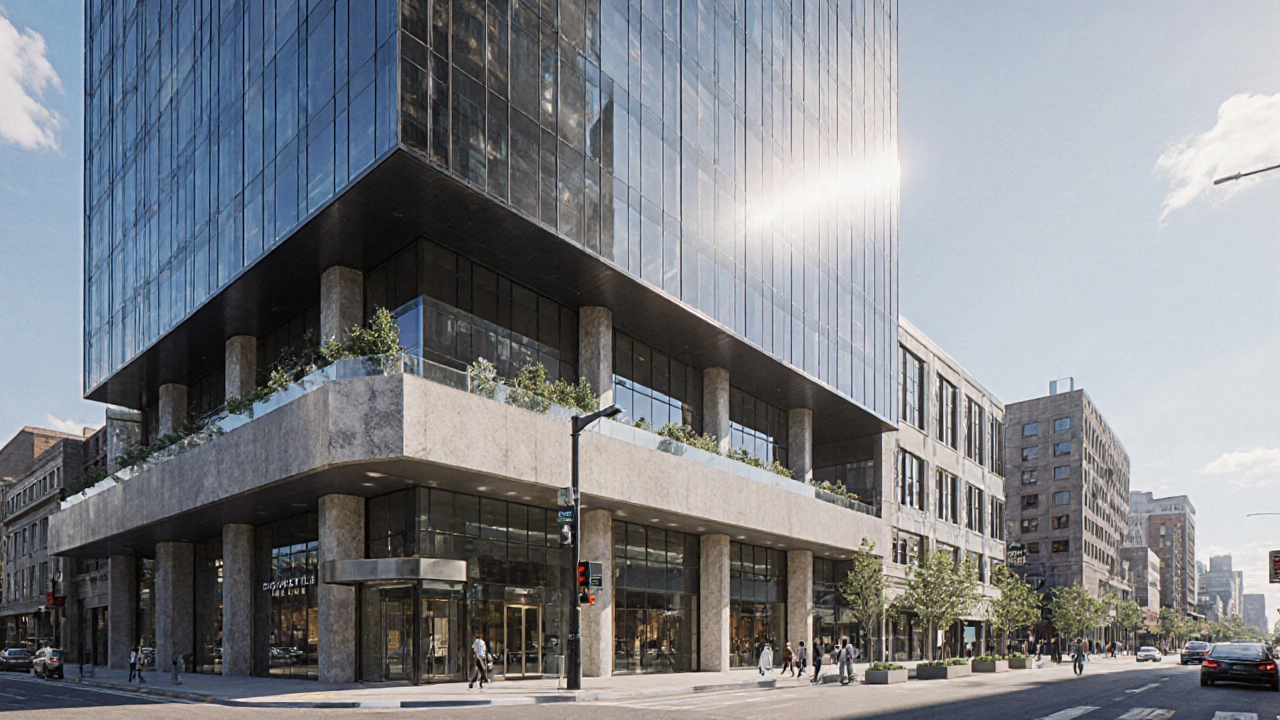Building Differences: Understanding the Key Variations in Construction
When working with building differences, the variations in structure, purpose, and building methods that set projects apart. Also known as construction distinctions, it shapes everything from cost to compliance. One major split is between commercial construction, projects designed for business use such as offices, retail, and factories, typically featuring larger floor plates, stricter fire and accessibility codes, and higher ceiling heights and residential construction, homes, apartments, and other dwellings intended for living, which prioritize comfort, energy efficiency, and local zoning limits. Both categories lean heavily on architectural services, professional design, planning, and project management that translate a client’s vision into a build‑ready package, handling everything from concept sketches to statutory approvals and often involve mixed construction types, structural systems such as steel frame, timber, masonry or modular paneling that dictate load‑bearing capacity, speed of erection, and long‑term maintenance needs. Grasping these building differences lets you align the right expertise, budget, and timeline with the specific demands of your project.
Why Knowing Building Differences Matters
The first semantic connection is straightforward: building differences encompass commercial vs residential. This means the decision to pursue a warehouse or a family home instantly changes the regulatory checklist, financing routes, and material palette. A second link shows that building differences require architectural services; without a clear design brief and approved drawings, permits stall and contractors face costly change orders. Third, construction types influence building differences because the choice between a steel skeleton and a timber frame impacts thermal performance, fire resistance, and even insurance premiums. For example, a steel‑frame office can span wider spaces without interior columns, suiting open‑plan layouts, while a timber‑framed house offers superior insulation and quicker onsite assembly. Understanding these relationships also helps you anticipate hidden costs: commercial projects often need higher‑grade fireproofing and larger utility upgrades, whereas residential builds may incur extra expenses for landscaping, interior finishes, or compliance with domestic energy standards. By mapping each attribute—like floor‑area ratio, load‑bearing demands, or local climate considerations—to the appropriate building difference, you create a decision matrix that reduces guesswork and protects your budget.
Below you’ll find a curated collection of articles that dive deeper into each of these themes. From financing a new roof to distinguishing between commercial and non‑commercial property, from budgeting a kitchen remodel to negotiating construction contracts, the posts cover the full spectrum of building differences you’ll encounter. Use them as a toolbox: pick the guide that matches your current question, apply the practical tips, and move forward with confidence in your next construction or renovation project.

